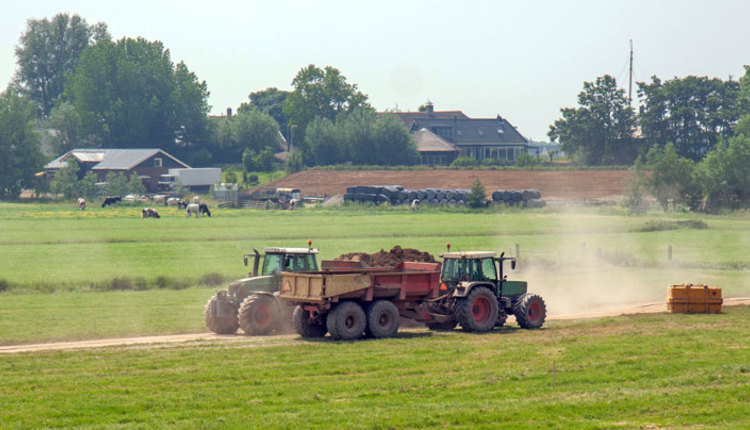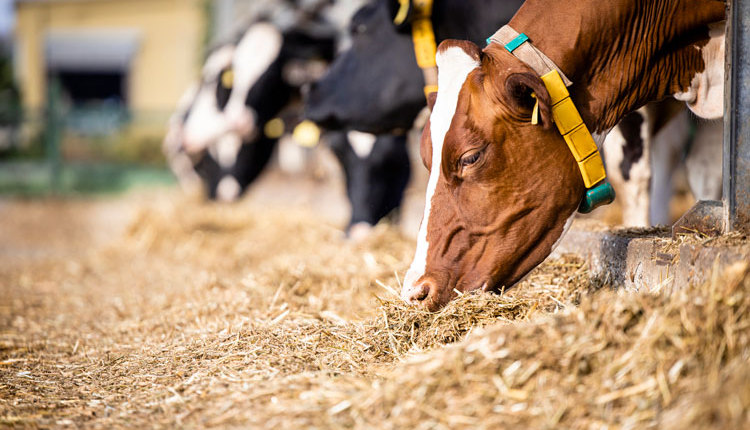The author is the president of Menke Consulting LLC, an agronomic and environmental consulting firm in Greenville, Ohio.

Treatment of liquid manure to concentrate nutrients is gaining traction around the world. This is due to industrial processes becoming more economical in light of typical land application of raw manure becoming more expensive and more restrictive. The energy costs of hauling “water” creates economic questions, and as a result, treatment options become more attractive. The goal is to improve the ratio nutrient value per mile of travel. A side benefit can be a manure product with less odor, which makes everybody happy.
Looks can be deceiving
Separation is easier for some nutrients than others. Case in point would be a settling basin prior to primary liquid manure storage where up to 80% of the phosphorus can be removed by sinking to the bottom using only gravity and time. Meanwhile, a screen separator can remove a fair amount of organic solids but doesn’t remove a high portion of chemical constituents from manure.
Those types of techniques can leave low solids “tea water,” as many call it, which can be deceiving. This brackish water is where the more soluble elements reside. Anyone who has pulled a manure sample off the top of an unagitated storage pond or pit will attest that potassium levels are nearly as high here as they are in the agitated samples. This is true of ammonia as well.
Soluble nutrients are difficult to capture. Ammonia can be aerated out of the manure water because it is volatile or may be converted to nitrate. Getting soluble elements out of manure water at the ionic level is very expensive. As long as we know what’s left behind in the water, we can manage its application accordingly.
Test for sodium levels
There are some insidious soluble cations in that water, with the main culprit being sodium. Salt is an essential part of animal nutrition and finds its way into the manure. While animals need sodium, soil does not. Western farmers located where rainfall is limited know about sodic soils and excessive salts. I’m not talking about those situations, although sodium in manure water will only exacerbate those issues. I am seeing more and more soil sodium issues in the Midwest where rainfall is plentiful. These issues include higher incidence of corn smut, deterioration of soil structure, and overall yield reductions.
High volumes of treated manure water can be applied because nitrogen and phosphorus are no longer limiting. Potassium can be first-limiting in those situations. Most of our clay soils in the Midwest have a fairly high total exchange capacity and can tolerate high potassium within reason. Still, if you are not testing for sodium, you need to be. It is well demonstrated through research that sodium competes with potassium for uptake by plant roots.
Too much is toxic
Sodium is toxic to plants in high amounts. Soil test sodium levels comparing inside water irrigation areas versus outside of them can be dramatic — I’ve observed tenfold differences in my experiences. I’m sure there is variable tolerance of crops to high sodium (not merely salts), and my crop and soil science colleagues would know more about this. But what I do know is that there is sound correlation between high sodium levels building in manure water-irrigated soils that appears to be negatively impacting crop growth. Apparently, a soluble calcium source, such as gypsum, can counteract and reverse sodium buildup, but the amount will depend on the specific soil characteristics and its degree of sodium burden.
Don’t guess what is happening in your fields. Test your soils, review the results, and be observant.
This article appeared in the November 2022 issue of Journal of Nutrient Management on page 22. Not a subscriber? Click to get the print magazine.










